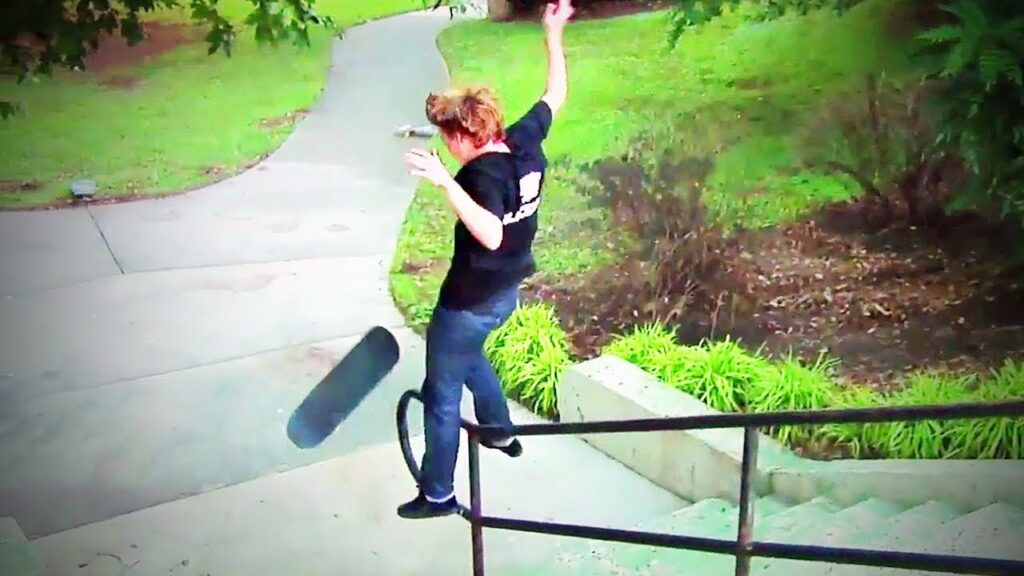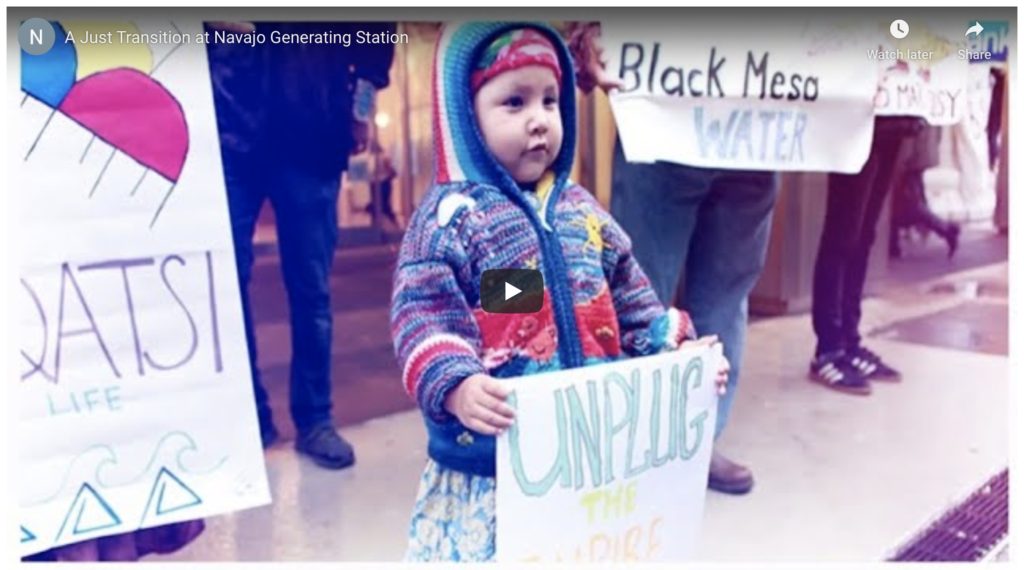
We saw a big “clean energy fail” this week at the Arizona Corporation Commission (ACC).
If y’all have followed my rants very long, you know that I’m a big fan of renewable energy, sustainability and public policy. I’ve also written that realtors really should be the most ardent proponents of clean energy and water conservation.
So, I decided to listen to big Corporation Commission meeting last week because there is a move to upgrade our Renewable Energy Standard and Tariff (“REST”).
If you don’t know, the Corporation Commission set rates for electricity and other monopoly services like telephone and cable. They also have the right to determine the sources of our energy.
But, the commission whiffed it.
They had a plan that would have built more renewable energy for less cost than fossil fuels and that would have created tens of thousands of jobs in Arizona.
Let’s start at the beginning because this reads like an epic power struggle, pun intended.
Back in 2005 the Commission passed a REST that required Arizona utilities to install 15% of their energy from renewables by 2025.
Later, the commission also required utilities to promote and help customers install energy efficiency measures. Specifically, they require that every year about 1.5% of the utilities’ energy needs be met by energy efficiency installations.
This can mean creating rebates for customers to buy more energy efficient A/Cs or light bulbs. It can also mean working with companies to make their offices, warehouses and factories more energy efficient.
Let’s get some facts and myths out of the way:
- The cost of renewable energy has been going down dramatically over the past decade. There is now more renewable energy installed in America than coal, because coal is dirty, expensive and carbon intensive. Solar panels or wind turbines even with battery back-up is cheaper than coal and competitive with natural gas power plants.
- As a result, the utilities are ahead of the first REST annual targets from 2005. In other words, the REST did what it was designed to do.
- Utilities will always resist energy efficiency measures because they make money selling electrons. They don’t want to sell less product, even if it is in the public good –even when we give them access to a captive monopoly market, as we do in Arizona.
- They have been resisting renewable energy for several reasons. Sometimes they philosophically refuse to see the science of climate change, as the past president of APS did. Sometimes they say they need new infrastructure to handle in on-again, off-again nature of renewables, which would be too expensive (debatable). Sometimes they are just so calcified in the way they’ve been doing business that they don’t want to change. Fear, after all, is a big motivator to resist change. To be fair, there are people within utility companies that want to see a change, and they seem to be gaining steam within APS, TEP and SRP.
- The many coal-fired power plants in the state have done long-lasting harm to Navajo and Hopi people, among others, the likes of which will take decades to clean up. I covered this issue in a previous post.
- For many of the reasons above, utilities won’t install renewable and energy efficiency unless they are required to do it. We know this from experience. Utilities have failed to meet the energy efficiency (“demand side management”) targets set for them over the last few years.
Since the last REST, we’ve seen a soap opera array of developments –a power struggle for the future of energy. First, we saw rooftop solar installers expand their business in response to market demand. APS was threatened by this. Somebody was taking away their business. So, we saw APS get in to the business of using dark money to influence ACC elections and change laws to work against rooftop solar. Prior to this point, APS had never before spent money in Corporation Commission.

We saw people fighting back and lots of investigative reporting over the years about APS’s election activities, to the point that the company promised to stop using dark money (although they would not reveal what they spent in past elections).
We’ve watched as neighboring surpassed our 15% by 2025 goal –upwards of 50% or even 100% by 2050.
We saw power companies increase fees on customers who wanted to install solar panels on their homes. We saw bills from the legislature, supported by power companies, to hinder rooftop solar deployment.
We saw repeated efforts to force the utilities to install more renewable energy so that Arizona could compete in business attraction, clean skies and protecting communities that are disproportionately harmed by fossil fuels. Most notably, there was a ballot measure in 2018. Both sides spent upwards of $50 million, but the measure failed.
Luckily, new leadership has come in to APS, which has a much more realistic and positive outlook toward renewable energy and energy efficiency (“EERE”). They even put together a 100% “clean” plan by 2050, although they currently resist the most important part –requiring them to meet specific targets by specific years between now and 2050.
So, that brings us to last week and the “clean energy fail.”
In short, there was a bi-partisan effort by Commissioners Burns (R) and Kennedy (D) to put forward a plan to reach 100% Clean energy by 2050. The three other commissioners, Marquez-Peterson (R), Dunn (R) and Olson (R) fought this plan and tried to force a vote on a plan that would have claimed to do the same thing, but it was toothless.
In other words, it had no actual requirements for the utilities to install clean energy by any particular deadline. The utilities hate deadlines because they say it prevents them from having “flexibility” in planning.
It’s funny, though. They are ahead of their goals to get to 15% renewable by 2025, and that had deadlines! The reality is that utilities don’t do these things unless the are required. Further, those deadlines resulted in over $2 billion in benefits to Arizona customers, just from APS and TEP.
Further, businesses will tell you that predictability, “regulatory certainty,” is the most important thing for them. Regular targets help them plan for business expansion, planning, etc. Tech companies, especially, in Arizona want these targets.
Why did this happen? Here’s the AZ Central reporting on it.
But, as I was watching from my office while doing work, I got a sense that Dunn, Marquez-Peterson and Olson were up to more than they let on in their comments.
Marquez-Peterson needed a public “win” with clean energynin a political environment where renewable energy is more popular than ever. Further, there are conservatives who want more clean energy, too.
So, what is stopping her?
She’s stuck between progress and a loud conservative wing of her party. She’s up in this election against a strong set of pro-clean energy, Democrats who are running on the utility accountability message.
So, she needs to be able to say that she’s doing something on renewables, but still not upset the right wing of her party. She needs to walk the tightrope, but to do that means not contributing meaningfully to our clean energy future.
Dunn and Olson are not up for election. Olson’s term ends in 2022 and Dunn failed to get his petition signatures for this election.
So, there you go. Politics over planning.
That was the Clean Energy Fail.
I’ll keep watching and reporting. Hopefully, by the end of August, we will have a new plan. If not, then we will have to wait for a new set of commissioners in 2021.









